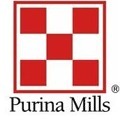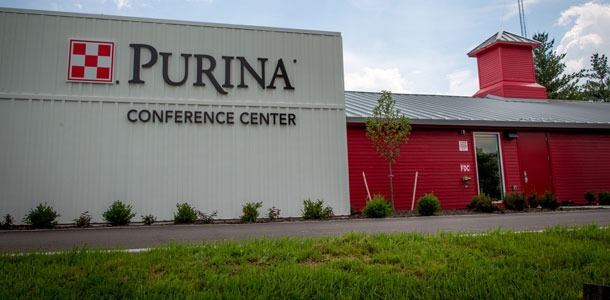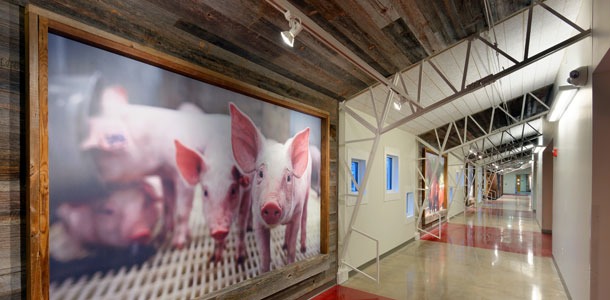 Nearly 250 U.S. swine producers and industry leaders from 10 states recently gathered at the Purina Animal Nutrition Center in Gray Summit, Mo. for a pair of educational VIP events hosted by Purina Animal Nutrition. Attendees representing 44 farms and more than 800,000 head had the opportunity to learn the latest in swine research and nutritional management strategies.
Nearly 250 U.S. swine producers and industry leaders from 10 states recently gathered at the Purina Animal Nutrition Center in Gray Summit, Mo. for a pair of educational VIP events hosted by Purina Animal Nutrition. Attendees representing 44 farms and more than 800,000 head had the opportunity to learn the latest in swine research and nutritional management strategies.
“We were pleased to welcome this industry-leading group of swine managers to the Purina Animal Nutrition Center,” says Dan Moran, director of marketing, swine for Purina Animal Nutrition. “At these two-day seminars, producers learned about the research we conduct at the Purina Animal Nutrition Center and took home strategies to implement on their operations.”

The VIP guests represented swine management teams of varying size and location from across the U.S., providing a unique opportunity to share insights from individual operations and network. Attendees also toured the Purina Animal Nutrition Center, seeing firsthand the capabilities of this premier research facility.
Research overview
With more than 1,500 research projects conducted at the Purina Animal Nutrition Center to date, the primary focus of the VIP events is to share findings of the latest research and its real-world application with producers.
Research shared during the events included:
- An update on Porcine Epidemic Diarrhea Virus (PEDv) and solutions for overcoming the challenge.
- The use of gels and electrolytes in maintaining hydration through weaning.
- The effect of starting nutrition on finishing performance.
- The importance of amino acid feeding.
- Strategies to increase the value of manure and minimize odor.
- The use of botanicals in place of feed additives.
All of the research results and management strategies shared, come back to the importance of maintaining quality nutrition through all stages of production. Researchers at the event said quality nutrition and management practices are especially important during times of stress on swine facilities.
“With the current threat of PEDv in the industry, our team is focusing heavily on helping Challenged Pigs overcome stresses that result from, not only this virus, but also weaning, transport and vaccinations,” says Dan McManus, DVM, young animal specialist, swine, for Purina Animal Nutrition.
McManus says the key to overcome transition challenges is an early nutrition foundation and supportive therapy in times of stress.
“Introduce dry feed to pigs before weaning and keep them hydrated with gels and electrolytes during the weaning process to help them through traditional weaning,” he says. “When we have times of challenge, increase the support you provide. Help the pigs regain hydration by providing gel and electrolytes and a quality starter feed. Getting these young pigs off to the right start can better position the pigs for long-term success.”

Purina Animal Nutrition Center
The Purina Animal Nutrition Center is the focal point of the company’s extensive nutrition research. A working farm with almost 1,200 acres and 3,000 animals makes the Purina Animal Nutrition Center a unique facility within the feed industry.
“Our swine unit includes a unique sow nutrition facility, an 800 head nursery, a wean to finish building, and a three barn grow/finish facility as well as an isolation building and surgery facility, housing roughly a total of 2,000 pigs in all life stages,” says Brenda de Rodas, Ph.D., director of swine research at the Purina Animal Nutrition Center. “We evaluate and develop products and feeding programs for every stage of pork production.”
Research at the Purina Animal Nutrition Center focuses on improving sow productivity and longevity with key attention focused on: feed intake during lactation, particularly during hot weather; improving birth and weaning weights; pig survival rates and the number of full value pigs weaned; nutrition strategies to optimize swine health, reproductive efficiency and lactation performance; in addition to improving growth performance and waste management.
“We monitor each pig, each day with the goal of measuring trends and to find solutions for today’s producers,” says de Rodas. “Welcoming producers from across the U.S. to the Purina Animal Nutrition Center to share this research is a highlight for many of us here at Purina.”

November 19, 2014 - Purina



